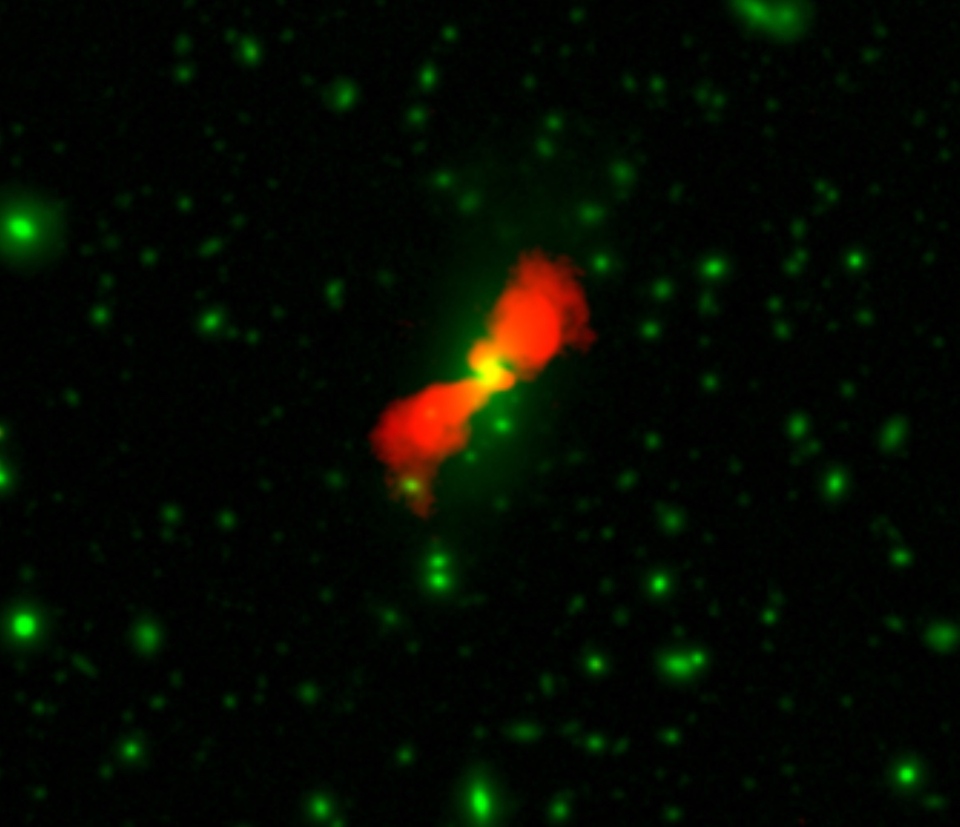Snakes and Butterflies
Imagine your eyes could see in the radio part of the electromagnetic spectrum and you went out and looked towards the constellation of Sextans, where the COSMOS field is located. You would be able to distinguish several weird shapes in the sky showing jets or lobes of radio emission, forming snakes, slugs, and butterflies, while some of them are just blobs, shapeless but still interesting. Scientists are very interested in these objects because they give away the active centre of galaxies and they allow them to study how these active galaxies affect their host and environment. The most weird ones, showing bents, can also be used to trace galaxy clusters. These extended radio AGN have the nickname FR-type radio galaxies.
The latest work by Vardoulaki et al. (https://arxiv.org/abs/2009.10721) of FR-type radio AGN in COSMOS uses the data from the 3 GHz VLA-COSMOS survey (Smolčić et al. 2017) to investigate the physical properties of the sources, their host galaxies and the large scale environment in order to find links with the shapes they display in the radio sky.
You can read the publication here: https://arxiv.org/abs/2009.10721
The image shows an example of an FR-type radio source at 3 GHz VLA-COSMOS (purple) overlaid on the Ultra-VISTA stacked mosaic (green) showing the host (image credit: Eleni Vardoulaki)












